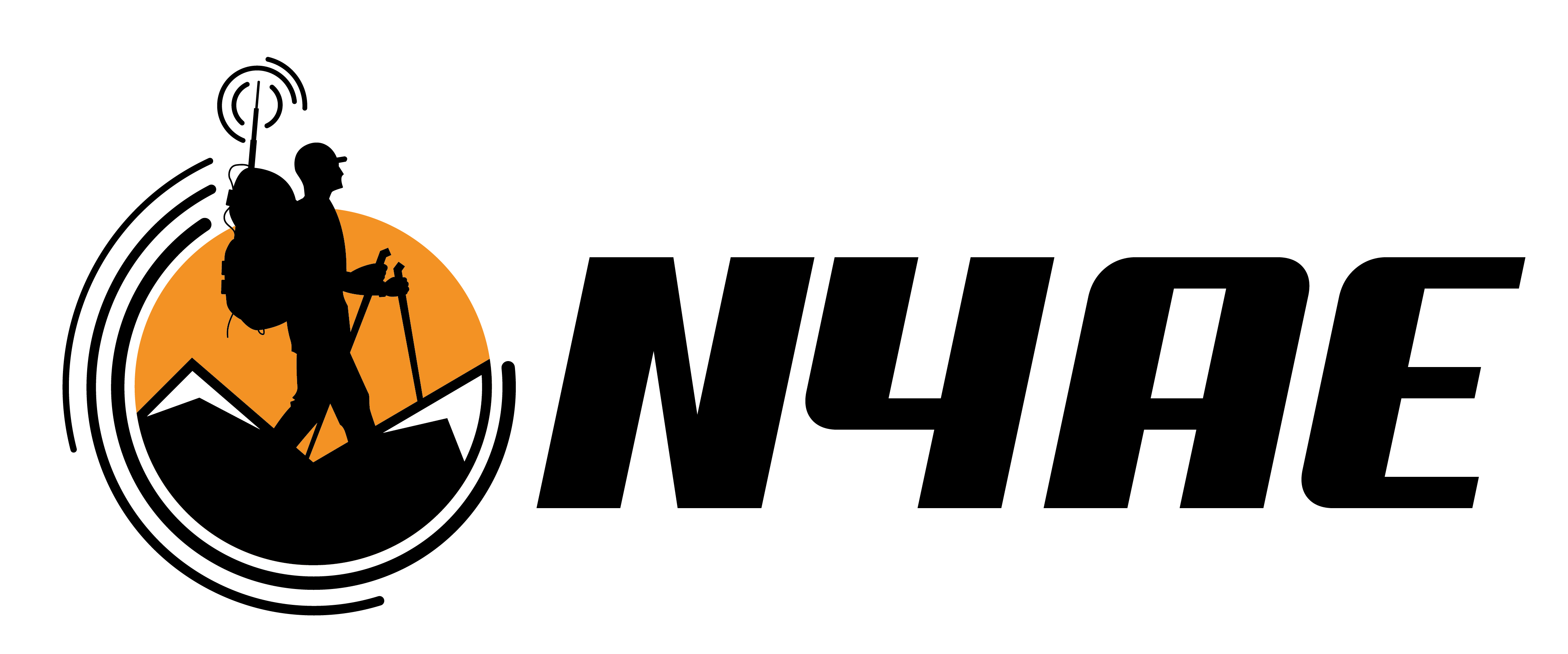Donor Analytics as a Best Practice
Analytics used to be a nice add-on if you have some money left in the budget.
Development Teams justify analytics as a way to get a better read on their program and their donors. While the benefits are concrete, analytics used to be a nice add-on if there was money left in the budget. But donor analytics are so well-established now, they are a major tool in a nonprofit’s strategic planning cycle.
Consider the wealth transfer to Generations X and Y underway now. While they push for accountability on how their donations are spent, nonprofits cannot treat donors as numbers. Analytics becomes critical to providing the giving experience they expect.
That doesn’t mean you need an army of data analysts. It means you need donor analytics as a best practice.
As Miriam Kagan of Kimbria pointed out, “If your awesome analyst spends 80% of her time just wrangling the data into submission, then you are wasting a precious resource.”
Rather than be data reliant, HubSpot promotes the idea of being data informed.
- Don’t abandon your internal networks
- Don’t let data be your decision maker
- Make sure you know what your data means
- Sometimes, too much data is no good
Your nonprofit is awash in data. As a best practice, you need to present that data to supporters, donors, and stakeholders in a way that is easy to consume and understand.
This is critical for the local charity as much as it is for the national charities. Maybe more critical. Because without strong analytics, your nonprofit is taking shots in the dark, rather than cultivating the sweet spot hidden away within your charities’ data.



















